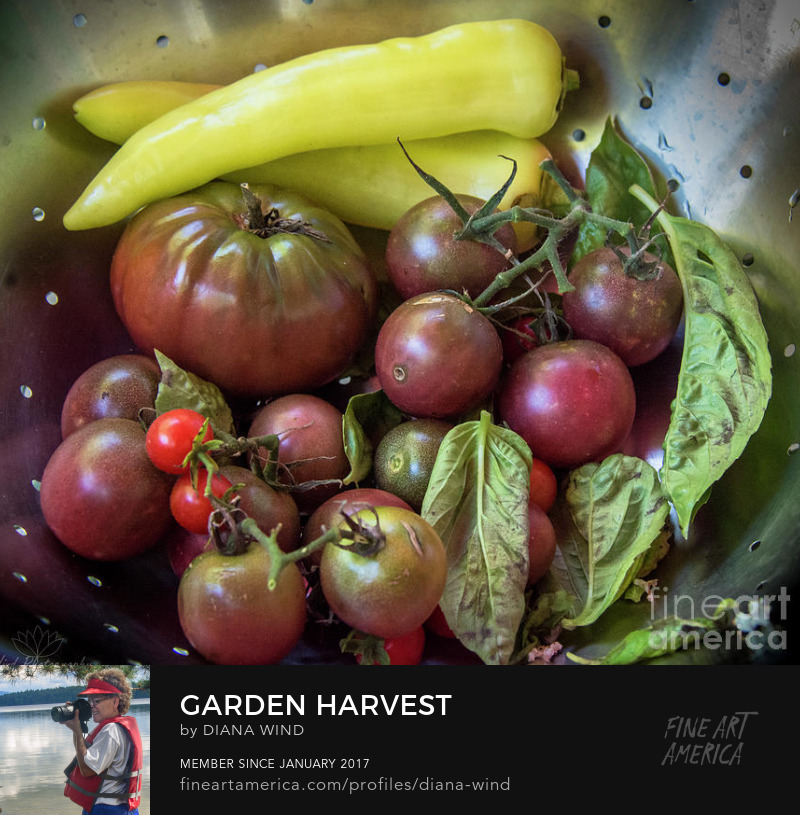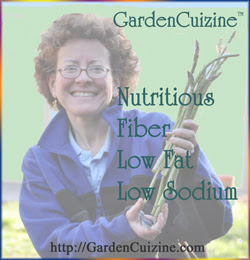Pomegranate Seeds
Did you know Pomegranates (Punica granatum L.) have incredible keeping quality and storage capacity? According to Purdue University, the pomegranate is similar to an apple in having a long storage life. They say pomegranates can be stored up to 7 months without shrinking or going bad and if maintained at a temperature of 32º to 41º F (0º-5º C), the fruits actually improve in storage - becoming juicier and even more flavorful.
We discovered that this indeed is true. The pomegranates that we had from Christmas stored in our refrigerator are still just as juicy, if not even more juicy, then the day we bought them! So next year stock up on pomegranates so you have plenty of POMS for your sweet Valentine ♥
To extract the seeds, simply wash the pomegranate and cut it in half. Then get a small bowl of water and dip the fruit into the water and gently squeeze it. For the most part, the seeds will fall into the water. You may have to poke and pluck out a few. Then, pick out any big membrane pieces that may have fallen into the water. Strain the seeds and save the liquid and the seeds to use in recipes. I haven't tried it yet, but according to POM Wonderful, the seeds (Arils) can be frozen for even longer storage.
Pomegranate seeds are an acquired taste. Some people are not too thrilled with them (like my husband, Harry). But they are a good source of dietary fiber and vitamin C. And a few here and there make for a lovely gourmet food presentation. We use them atop salads; tonight we are tossing some in to a side dish of cous cous.
GardenCuizine Pomegranate Seed Nutrition data
Good Source: dietary Fiber and Vitamin C
Pomegranate seeds 1/2 cup arils (87g): 72 calories; dietary Fiber 3.4g (14% DV); Vitamin C 9 mg (15% DV); Folate 33 mcg (8% DV)
Related Links
Pomegranate Purdue University
Pomegranate Recipes
Top 10 Ways to Enjoy Pomegranates
Blog post and photo Copyright (C)2013 Wind. All rights reserved.

































